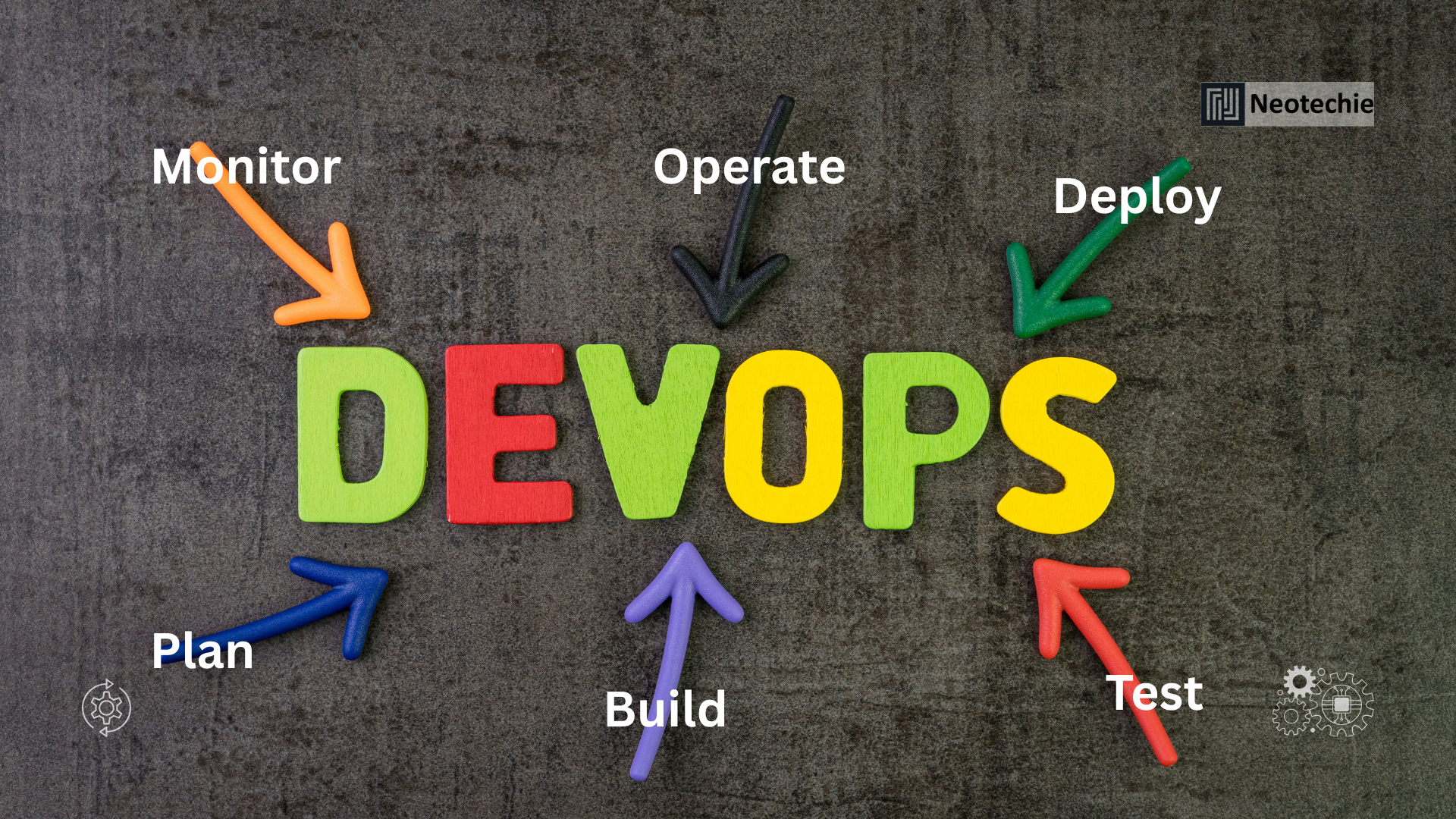DevOps and Continuous Delivery: Accelerating Software Delivery with Reliability
The Need for Speed and Stability
Businesses today can’t afford slow or unreliable software releases. Customers expect frequent updates, rapid fixes, and seamless performance. Traditional development and deployment cycles—disconnected between development, QA, and operations—often create bottlenecks, delays, and errors. DevOps and Continuous Delivery (CD) address this gap, enabling organizations to deliver software faster, more reliably, and with greater confidence.
This approach is not just about tools or automation—it’s about a cultural and technical shift that aligns development and operations, ensuring every release adds value without compromising stability. Companies adopting DevOps gain the ability to respond quickly to market changes, improve collaboration, and maintain high-quality software at scale.
What DevOps and Continuous Delivery Mean
- DevOps: A set of practices, cultural philosophies, and tools that bridge development and operations, encouraging collaboration, automation, and accountability. DevOps reduces silos, improves communication, and ensures that teams are jointly responsible for delivering value to the business.
- Continuous Delivery (CD): An automated approach to software deployment that ensures code changes can be released reliably at any time. CD minimizes manual interventions, reduces errors, and allows organizations to ship updates frequently without compromising quality.
Combined, DevOps and CD create a software delivery pipeline that is fast, repeatable, and dependable, turning development cycles from months into days or even hours. This synergy also supports innovation, operational efficiency, and responsiveness to customer needs.
Why DevOps and CD Are Critical for Businesses
1. Faster Time-to-Market
Continuous integration, automated testing, and deployment pipelines allow businesses to release features and fixes rapidly. Agile delivery translates into competitive advantage, enabling faster response to market needs, user feedback, and emerging trends. Faster time-to-market also allows companies to experiment, iterate, and capture opportunities before competitors.
2. Improved Reliability and Quality
Automated testing, monitoring, and validation ensure that each release meets quality standards. This reduces bugs, failures, and rollback events. Continuous testing and integration detect issues early, preventing costly defects in production, and ensuring a reliable user experience.
3. Enhanced Collaboration Across Teams
DevOps fosters a culture of shared responsibility between developers, testers, and operations teams. Silos are eliminated, communication improves, and all stakeholders contribute to both speed and quality. Teams work together using shared tools, documentation, and dashboards, creating transparency and alignment around goals.
4. Scalability and Flexibility
Automated pipelines and cloud-based environments allow businesses to scale their applications efficiently. Teams can handle increased workloads, adapt to new requirements, and manage multiple releases concurrently without disruption. CD pipelines can be adjusted to scale deployments based on user demand or infrastructure needs, ensuring resilience under pressure.
5. Risk Mitigation and Compliance
Continuous Delivery provides audit trails, version control, and automated testing, making it easier to comply with regulatory requirements and reduce human error. Businesses can implement security gates, approval workflows, and monitoring to ensure compliance is maintained while accelerating delivery.
How DevOps and Continuous Delivery Drive Business Transformation
- From Slow to Rapid Delivery: Transforming long, risky release cycles into quick, reliable deployments allows businesses to be more responsive and competitive.
- From Fragmentation to Collaboration: Breaking down silos between development and operations enables cohesive delivery and shared accountability.
- From Risky Deployments to Predictable Releases: Reducing downtime, rollbacks, and errors ensures that software releases are dependable, which strengthens customer trust.
- From Reactive Fixes to Proactive Innovation: Freeing teams to focus on delivering new features and improvements rather than firefighting production issues drives continuous innovation.
This transformation optimizes IT operations and reshapes how the business delivers value and competes in the market.
How DevOps and Continuous Delivery Work
Step 1: Continuous Integration (CI)
Developers merge code frequently into a shared repository. Automated builds and tests verify changes immediately, catching integration issues early. CI reduces conflicts, ensures code quality, and accelerates the feedback loop.
Step 2: Automated Testing
Every code change passes through a suite of automated tests for functionality, performance, and security. Automated testing ensures reliability, detects defects early, and reduces manual testing efforts.
Step 3: Continuous Delivery Pipeline
Code is automatically packaged, deployed to staging environments, and validated. Release to production can occur at any time with minimal manual intervention, enabling faster, safer, and more frequent releases.
Step 4: Monitoring and Feedback
Real-time monitoring tracks application performance, errors, and user interactions. Feedback loops provide actionable insights to developers and operations teams, allowing continuous improvement of both processes and products.
Step 5: Continuous Improvement
Metrics from deployment, monitoring, and user feedback are used to enhance processes, pipelines, and applications. Teams iteratively improve the software delivery lifecycle, ensuring that efficiency, quality, and value delivery continuously increase.
Why Businesses Can’t Ignore DevOps and CD
- Market Speed Demands It: Customers expect frequent, reliable updates and features.
- Reliability is Critical: Downtime and errors can damage reputation and revenue.
- Collaboration Drives Value: Aligning development and operations reduces friction and accelerates outcomes.
- Scalability Needs Modern Infrastructure: Businesses must handle growing user bases and complex releases effectively.
DevOps and Continuous Delivery are strategic imperatives for business agility, resilience, and competitiveness.
How Neotechie Helps
At Neotechie, we help organizations implement DevOps and Continuous Delivery practices that accelerate software delivery while maintaining reliability and quality. Our services include:
- End-to-end pipeline automation for faster, safer deployments.
- CI/CD integration and optimization across multiple platforms.
- Monitoring, testing, and feedback loops for continuous improvement.
- Cultural alignment and training to embed DevOps principles organization-wide.
With Neotechie, your software delivery is faster, safer, and strategically aligned with business growth.
Call to Action
Stop letting slow, error-prone releases limit your business potential. Partner with Neotechie to implement DevOps and Continuous Delivery and accelerate software delivery with confidence.
#DevOps #ContinuousDelivery #SoftwareReliability #BusinessTransformation #AgileDelivery #DigitalInnovation #FastSoftware #DevOpsCulture #AutomationExcellence #ContinuousIntegration

